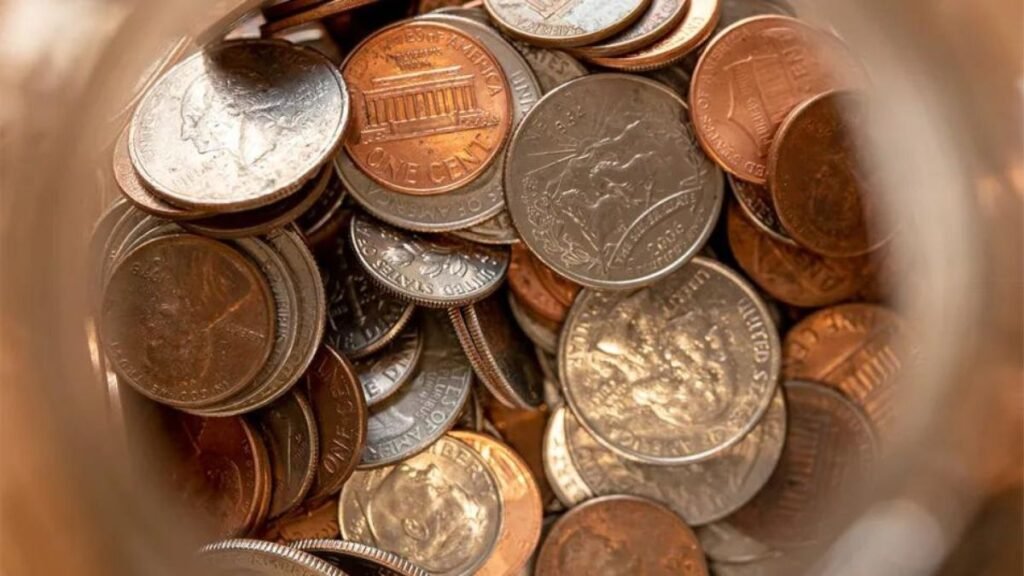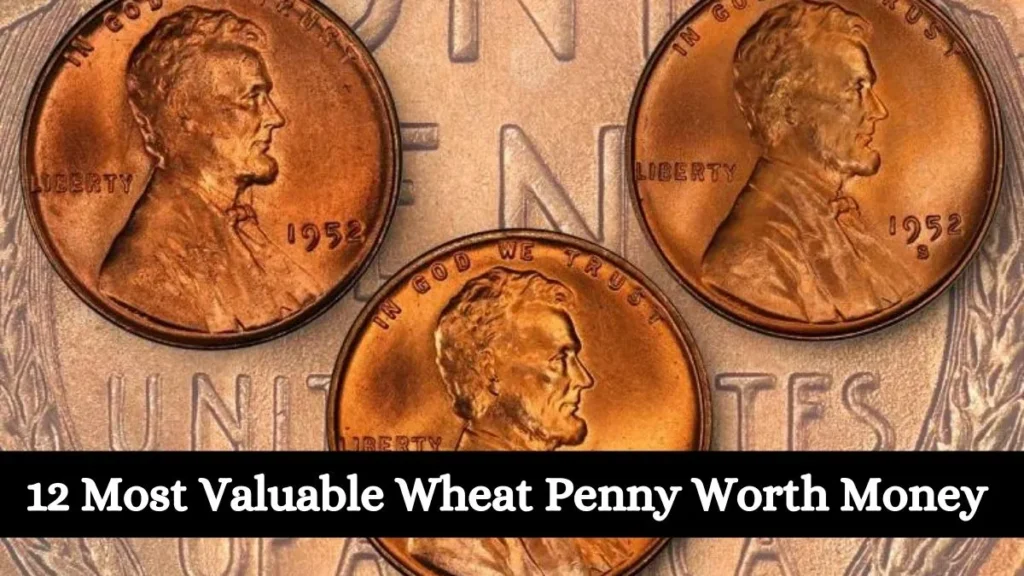Stumbling upon a 1965 quarter in your pocket? Wondering if it holds any value? You’re in the perfect place to get all the details!
We’ll take a closer look at the worth of a 1965 quarter, highlighting the features that catch collectors’ eyes. Plus, we’ll help you spot the difference between an ordinary coin and one that might just be worth more than you think.
Also Read 1941 Wheat Penny Value Secrets Revealed: Errors and Rare Varieties
Here’s a breakdown of the 1965 Quarter Value
- No Mint Mark (XF45): $0.25
- No Mint Mark (MS63): $8
- No Mint Mark (MS65): $22
- No Mint Mark (MS67): $375
And for the 1983 Special No Mint Mark Quarter:
- 1983 Special (No Mint Mark, $1):
- Cameo: $28
- Deep Cameo: $110
- 1983 Special (No Mint Mark, $16):
- Cameo: $85
- Deep Cameo: $525
- 1983 Special (No Mint Mark, $40):
- Cameo: $460
- Deep Cameo: $5,000
Also Read Buffalo Nickels Worth Money
The 1965 Quarter History
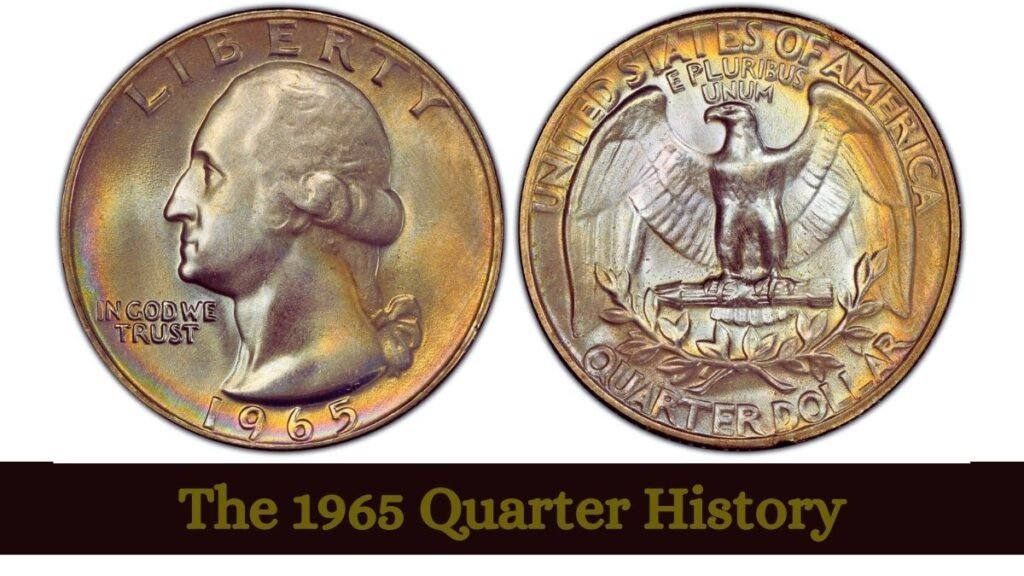
The 1965 quarter is a part of the Washington quarters series, with the first Washington quarter struck in 1932 to commemorate George Washington’s bicentennial. Initially made mostly of silver, the composition changed in 1965 due to a shortage of silver and rising production costs.
As the value of silver increased, people began hoarding the coins, anticipating their silver content might exceed their face value. To address this, the Mint continued issuing coins dated 1964 into 1965, but the hoarding persisted.
In June 1965, President Lyndon B. Johnson announced the end of silver dimes and quarters.
The new coins would have a copper core clad in a copper-nickel alloy. This change required adjustments to the coin design, as the harder metals necessitated a lower relief to capture fine details.
All 1965 quarters were struck at the Philadelphia Mint without mint marks. It took three more years before quarters with the “S” and “D” mint marks were produced in San Francisco and Denver, respectively.
In addition to regular circulation coins, the Philadelphia Mint also struck coins with a distinctive satin finish for collectors. These were included in “Special Mint Sets” alongside other denominations.
Also Read Top 100 Valuable Pennies
1965 Quarter Value Feature
The 1965 Quarter Obverse Side
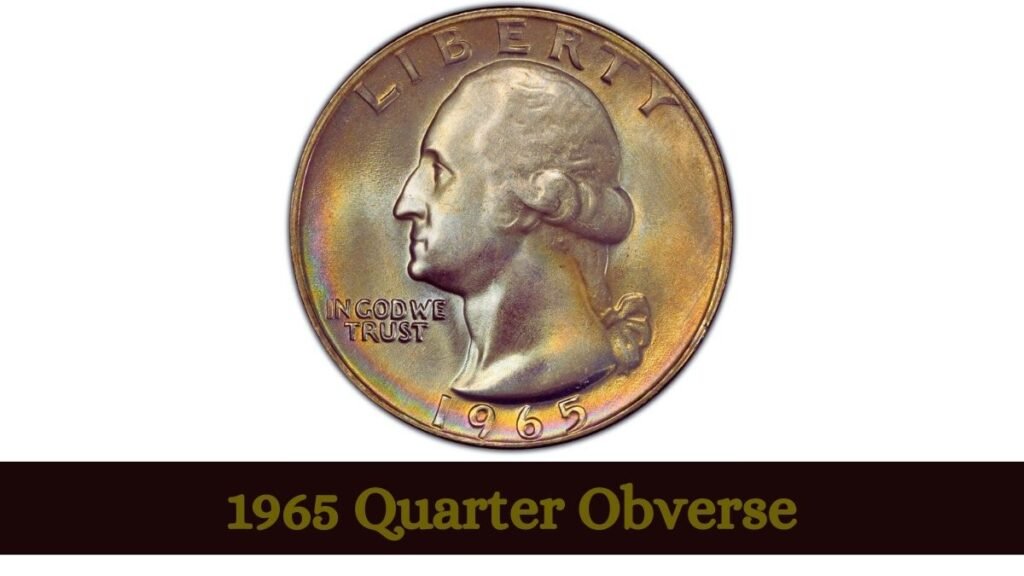
The obverse of all Washington quarters features the iconic image of the first U.S. president, George Washington. This portrait, sculpted by American artist John Flanagan, became synonymous with the coin series.
Originally, plans were in place to celebrate Washington’s bicentenary with a commemorative half dollar, and Laura Gardin Fraser’s portrait was initially selected.
However, the decision shifted to honoring Washington with a quarter that would continue to be minted beyond the bicentennial year.
The final design choice fell to Treasury Secretary Andrew W. Mellon, who disagreed with the committee’s recommendation of Fraser’s portrait. Despite their appeal, Mellon favored Flanagan’s portrayal, based on an earlier bust by French artist Jean-Antoine Houdon.
Flanagan’s design features a left-facing profile of Washington, with the word “Liberty” curving above the portrait, the date at the bottom, and the motto “In God We Trust” to the left.
In subsequent years, mint marks for Denver and San Francisco quarters would appear to the right of Washington, but the 1965 quarters do not bear any mint marks. The lasting image of Washington on the quarter endures as a symbol of this influential figure in American history.
The 1965 Quarter Reverse Side
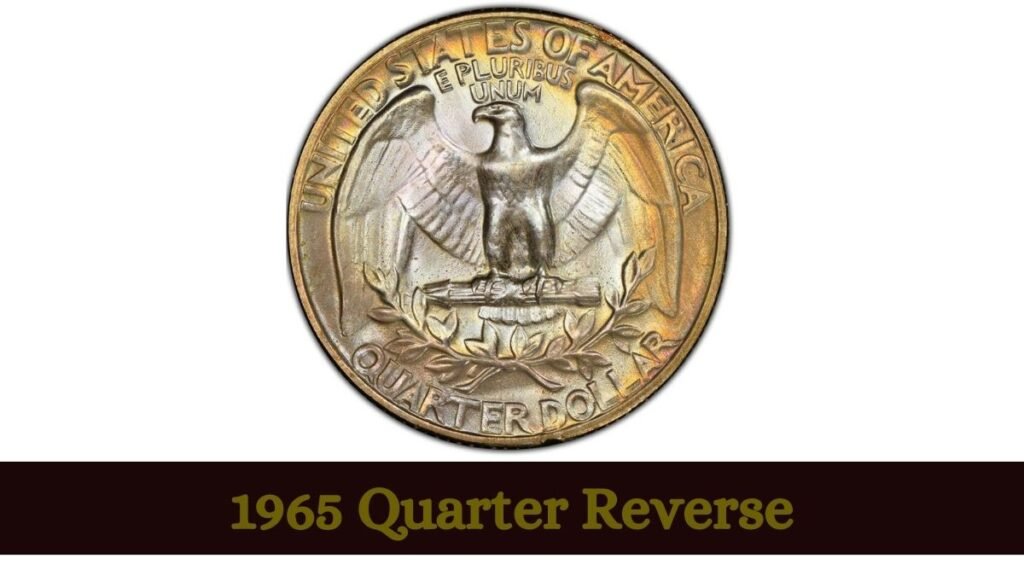
John Flanagan, the designer of the Washington quarter, also crafted the reverse of the coin. This side features a powerful image of a bald eagle, a symbol of patriotism in the United States.
The eagle is depicted with outstretched wings, perched on a bundle of arrows, symbolizing strength and readiness for defense. Beneath the eagle, two olive branches signify peace.
Upon the coin’s debut in 1932, there was a debate about the specific species of eagle portrayed. The New York Times even consulted an ornithologist to settle the matter, confirming that it was indeed a bald eagle.
The reverse design takes up a significant portion of the coin’s surface, with the country’s name displayed above the eagle.
Just below is the Latin motto “E pluribus unum,” translating to “From the many, one,” symbolizing the unity of the United States. The denomination is curved along the bottom of the reverse, following the coin’s edge.
This large and impactful image on the reverse side adds to the overall aesthetic and symbolism of the Washington quarter.
Additional Details Regarding The 1965 Quarter
The 1965 quarters, with a diameter of 24.3 millimeters and a weight of 5.67 grams, feature a distinctive “reeded edge.” When you turn the coin on its side, you’ll notice a series of parallel grooves running at right angles to the coin’s face.
These grooves, originating in the eighteenth century, served a specific purpose during a time when coins were crafted from gold and silver. They helped individuals quickly identify whether the coin’s edge had been clipped to remove precious metal.
This feature provided a practical solution to prevent tampering and ensure the integrity of the coin’s composition.
For a more detailed examination of the 1965 quarter and a comparison with dollars from 1964 and 1966, you can explore a YouTube video from BigDCoins, offering insights into the unique characteristics of these coins.
The 1965 Quarter Grades
When assessing the condition of your 1965 quarter, it’s important to consider its grade on a scale from 1 to 70. Here’s a breakdown of the grading system:
| # | Grade |
|---|---|
| 1 | Basal State-1 |
| 2 | Fair |
| 3 | Very Fair |
| 4, 5, 6 | Good |
| 7, 8, 10 | Very Good |
| 12, 15 | Fine |
| 20, 30 | Very Fine |
| 40 | Extremely Fine |
| 50 | About Uncirculated |
| 60 | Mint State |
| 65 | Mint State |
| 70 | Mint State |
To accurately determine the value of your coin, it’s recommended to consult grading guides. Understanding the coin’s grade is a crucial step in assessing its exact value within the collector’s market.
Value Guides for The 1965 Quarter
1965 No Mint Mark Quarter Value
In 1965, a substantial quantity of regular Washington quarters flooded the market, with over 1.8 billion produced at the Philadelphia Mint. Presently, experts estimate that approximately 455 million of these coins still exist, making them readily available for collectors.
Given the abundance of these coins, their values are generally modest. Quarters in circulated condition typically hold only their face value, except for those with unique errors, which we’ll explore later.
Coins are graded on a scale from 1 to 70 based on their quality and condition.
A coin graded 1 is in poor condition, displaying just enough detail to identify its year and denomination, while a flawless coin is graded 70.
For a standard 1965 quarter to exceed its face value, it generally needs to be graded at least MS62, indicating it has never been circulated. Mint state coins start at MS60, but even some of these may only be worth 25 cents. However, this also means it’s relatively easy to find an appealing coin without a significant expense.
The PCGS values a 1965 quarter at $8 when graded MS63, and this increases to $22 at MS65, considered “gem quality.” There is a notable value increase from coins graded MS66+ (worth around $55) to those graded MS67 (valued at $375).
This significant jump is due to the decreased availability of coins at the MS67 level.
The PCGS has certified only 13 coins finer than MS67, with 12 of them graded MS67+ and valued at $900 each. The most exceptional example, graded MS68, holds an impressive value of $20,000.
1965 Special No Mint Mark Quarter Value
In 1965, a pivotal year as quarters transitioned to nickel-clad copper, special attention was given to these coins. The U.S. Mint crafted a “Special Mint Set” tailored for collectors, including the Lincoln cent, Jefferson nickel, Roosevelt dime, Washington quarter, and Kennedy half dollar.
Specifically, 2.3 million 1965 Washington quarters were specially struck for these sets, which retailed at $4 each. These coins stand out with their attractive satin finish, setting them apart from regular quarters.
Marketed as collectibles from the beginning, many of these coins were carefully preserved, contributing to their widespread availability today and relatively modest prices across most grades.
The PCGS values 1965 special strike quarters, graded from SP40 to SP45+, at just one dollar each. The “SP” prefix designates special strike coins produced for Special Mint Sets. Even a coin graded SP63 is valued at around $10, and a mint state SP65 is priced at $16.
Among these special strike coins, some are designated as cameos and deep cameos. Cameos exhibit a pleasing contrast between the glossy flat areas and frosted raised parts of the coin, while deep cameos feature an exceptionally strong contrast.
The values provided thus far are for coins without these designations. Cameos and deep cameos command significantly higher prices.
For instance, a special strike coin graded SP67 is valued at $40 by the PCGS. However, a cameo at the same grade is worth over ten times more, at $460. If it’s a deep cameo, the price surges more than tenfold again, reaching an impressive $5,000.
Rare 1965 Quarter Error List
1965 (P) Quarter DDO
In 1965, some quarters display a distinctive feature known as a “double die obverse,” stemming from an issue in the creation of the die responsible for striking the “heads” side of the coin. This error occurs when the die is struck more than once to capture intricate details, and if there is any movement between strikes, a double image emerges. In coin descriptions, double die obverse errors are often abbreviated as “DDO.”
Among 1965 quarters, there are several varieties of double die obverse errors. The rarest and most valuable variety is coded FS-101 by the PCGS. This type exhibits clear doubling on most letters of “In God We Trust” and “Liberty,” along with the date and the left side of Washington’s portrait.
The values for this variety range from $40 for a coin graded 12 to $1,000 for the finest-known examples graded MS64.
Another variety, coded FS-102, features less pronounced doubling, limited to the word “Liberty.” Nevertheless, it holds decent value, with even a coin graded 12 worth approximately $15. The finest-known examples, graded MS65, command a value of about $750.
1965 (P) Quarter, DDR
Double die errors are not limited to the obverse side of the coin; they can also affect the die used to strike the image on the reverse. When this occurs, it’s referred to as a “double die reverse” or DDR. Some 1965 quarters exhibit this error, and these are categorized as variant FS-801 by the PCGS.
Quarters with this double die reverse error hold significant value, surpassing their face value, regardless of their condition. Even an example graded 12 is valued at around $40. The finest-known examples, graded MS64, are particularly valuable, with the PCGS assigning a value of $1,400 each.
For further examples of 1965 quarters with errors, you can refer to this YouTube video from DC Coin World
FAQs
Why Is A 1965 Quarter Valuable?
Most 1965 quarters aren’t rare. However, coins with interesting errors or those in the very finest condition are much rarer. Keep an eye out for coins that have doubling on one of their faces. The rarest ones have doubling on all the letters of “In God We Trust” and “Liberty,” as well as the date and the left side of Washington’s image.
What’s The Value Of A 1965 Quarter?
Almost half a billion 1965 quarters still survive, and the vast majority of those are worth only 25 cents. However, coins with unusual errors or those that are top-notch in quality are worth much more. The finest quality regular 1965 quarter known to exist is valued at $20,000. In a notable instance, a 1965 quarter graded XF45 and mistakenly struck on a silver planchet sold at auction in 2022 for $9,300.


